StoryBrand South Africa Certified Guide & Coach | Duct Tape Marketing Consultant

About Vicky Sidler
Marketing News Reporter & Industry Journalist

Vicky Sidler is an experienced marketing industry journalist and strategist with more than 15 years in journalism, content strategy, and digital marketing. As a Marketing News Reporter for Strategic Marketing Tribe, she covers breaking developments, trends, and insights that shape the marketing world—from AI in advertising to the latest in customer experience strategy.
Vicky is an award-winning StoryBrand Certified Guide and Duct Tape Marketing Certified Strategist, combining two of the most effective marketing frameworks to help small businesses simplify their message and build marketing systems that work. Her journalism background ensures every piece she writes is fact-checked, insightful, and practical.
Her articles regularly analyze key marketing trends, platform updates, and case studies—offering small business owners, marketers, and industry professionals clear, actionable takeaways. She specializes in topics such as:
Digital marketing strategy
Content marketing and brand storytelling
Marketing technology and automation
AI’s impact on marketing
StoryBrand and Duct Tape Marketing best practices
Education & Credentials
BA in Journalism & English, University of Johannesburg
StoryBrand Certified Guide
StoryBrand Certified Coach
Duct Tape Marketing Certified Strategist
Over 20 years in journalism and marketing communications
Founder & CEO of Strategic Marketing Tribe
Winner of 50Pros Top 10 Global Leader award
Contact
Recent Work
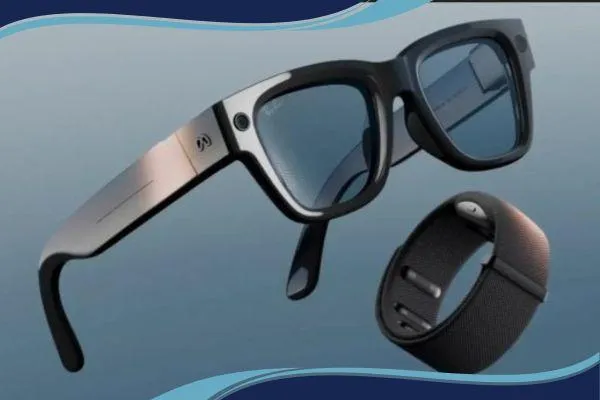
Meta Ray-Ban AI Glasses Are Here. Should You Care?
By Vicky Sidler | Published 7 October 2025 at 12:00 GMT+2
Somewhere between James Bond and your cousin who still wears Bluetooth earpieces, Meta just dropped a new product that’s part sunglasses, part smartphone, part cyborg sidekick.
Yes, the Meta Ray-Ban Display glasses are real. They come with a wristband that reads your muscle twitches, a screen in your lenses, and a price tag that says “cool early adopter” louder than the battery-powered speakers built into the frames.
But before you start pricing these out for your marketing team or planning your next TikTok ad with AI glasses in mind, let’s pause. What can small business owners actually learn from this flashy release?
This isn’t just about tech. It’s about message, timing, and how to sell something futuristic without scaring off the normies.
TL;DR:
Meta just launched AI display glasses with wristband controls
These let you check messages, navigate, play music, and even translate speech
Priced at $799, they’re available in select US stores from 30 September
Lessons for small businesses? Don’t sell features. Sell the feeling
And yes, your brand message still matters more than your tech
👉 Need help getting your message right? Download the 5-Minute Marketing Fix
Table of Contents:
Meta Ray-Ban AI Glasses Are Here. Should You Care?
So What Are These Glasses, Exactly?
What Meta Got Right—And Why It Matters:
Are You Chasing Trends or Solving Problems?
1. AI Marketing Trust Gap Widens as Consumers Push Back
2. AI Will Make the Rich Richer—But It Might Also Backfire
3. Most People Can't Spot AI Ads—Why That Matters for Your Marketing
4. Are Influencers a Waste of Money?
5. AI Marketing Works Best With a Human Brain
FAQs About Meta Ray-Ban AI Glasses and Small Business Marketing
1. What are Meta Ray-Ban Display glasses?
2. What is the Meta Neural Band and how does it work?
3. How much do the glasses cost and where can you get them?
4. Is this tech useful for small businesses?
5. Why is the messaging behind these glasses important?
6. Should I use AI in my own marketing?
So What Are These Glasses, Exactly?
Imagine being able to check WhatsApp, take a video call, get walking directions, and play music—all while staring off into the distance like you're thinking about philosophy or oat milk. That’s the pitch.
The glasses are stylish. They’ve got display tech with a waveguide thingy that makes pixels bright and tiny. There’s a new “Meta Neural Band” wrist strap that reads your muscle signals so you can pinch, swipe, or scroll in midair like you’re solving crimes in a Tom Cruise movie.
And yes, the wristband is coated with diamond-like carbon and lined with Mars Rover materials. Because why not.
What Meta Got Right—And Why It Matters:
Forget the specs for a second. What’s interesting is how Meta talked about the glasses.
They didn’t just say “look at our cool new tech.” They said, “Look up. Stay present.”
That’s the message. The tech is the tool. The story is the win.
If you’re marketing your own product or service, here’s the real takeaway: You’re not selling a feature. You’re selling a transformation.
Meta didn’t say, “Here’s how many pixels we packed in.” They said, “Here’s how your life could feel.”
How This Applies to You:
You don’t need to invent muscle-reading space goggles to use this approach.
Say you’re a financial advisor. Don’t lead with your spreadsheet-fu. Start with how your clients feel before they meet you: stressed, confused, unsure. Then show them how working with you helps them feel: calm, clear, in control.
Same if you’re a plumber, coach, chiropractor, or bookkeeper. Your clients aren’t buying hours or reports. They’re buying relief. Clarity. Progress.
That’s why our StoryBrand clients start every message with what their customer wants and how their life will be better.
Are You Chasing Trends or Solving Problems?
Look, shiny things are fun. Wearable tech is exciting. But most small business owners don’t need a neural wristband. They need marketing that works.
Start by making sure your message is simple, clear, and believable. Because whether your next ad plays on a screen, a podcast, or someone’s left eyeball, the goal is still the same: Make people feel seen. Help them take the next step.
If your brand message isn’t there yet, let’s fix that.
👉 Download the 5-Minute Marketing Fix to write one sentence that makes everything else easier.
Related Article:
1. AI Marketing Trust Gap Widens as Consumers Push Back
If Meta’s launch made you wonder how far is too far with AI, this post breaks down why people are growing wary—and what brands can do to earn trust, not eye-rolls.
2. AI Will Make the Rich Richer—But It Might Also Backfire
Meta’s price tag says premium. This article looks at the wider impact of AI elitism and why small businesses should focus on connection, not just innovation.
3. Most People Can't Spot AI Ads—Why That Matters for Your Marketing
Spoiler: almost no one can tell if your content was made by a robot. This one’s packed with insight into what really builds trust when using AI tools.
4. Are Influencers a Waste of Money?
Chasing trends is tempting. But this article breaks down why influencer hype often flops—and what to focus on instead if you want real results.
5. AI Marketing Works Best With a Human Brain
Tech is helpful. But humans still win hearts. This post shows how to use AI in a way that supports your creativity rather than replacing it. Just like we talked about with Meta’s big reveal.
FAQs About Meta Ray-Ban AI Glasses and Small Business Marketing
1. What are Meta Ray-Ban Display glasses?
They’re smart glasses with a built-in screen, camera, speakers, and a wristband that reads your hand movements. You can check messages, get directions, take calls, and control music—all without touching your phone.
2. What is the Meta Neural Band and how does it work?
The Meta Neural Band is a wrist device that reads electrical signals from your muscles. You can scroll, swipe, and even type by moving your fingers slightly. It turns small gestures into commands.
3. How much do the glasses cost and where can you get them?
They start at $799 and come with the Meta Neural Band included. As of launch, they’re available in select US stores like Best Buy and Ray-Ban Stores. More locations will be added in 2026.
4. Is this tech useful for small businesses?
Probably not yet. The glasses are more about personal use right now. But what is useful is the way Meta marketed them—by focusing on lifestyle, not just specs. That’s something any business can learn from.
5. Why is the messaging behind these glasses important?
Because Meta didn’t lead with features. They led with feelings—presence, connection, ease. This is how you get people to care. Small businesses should follow the same strategy when promoting their own services.
6. Should I use AI in my own marketing?
Yes, if it helps you be more consistent and saves time. Just don’t let it replace your voice or feel like a gimmick. Use it to support your message, not to dodge the work of creating one.
7. What’s the biggest marketing lesson from this launch?
Don’t just explain what you do. Show how it changes someone’s day. People don’t care about specs. They care about what your product or service helps them feel.
8. How can I write a brand message that actually works?
Start with clarity. Say what you do, how it helps, and what life looks like after. If that sounds hard,download the 5-Minute Marketing Fix. It’s a free one-liner tool that helps you write a message that sticks.
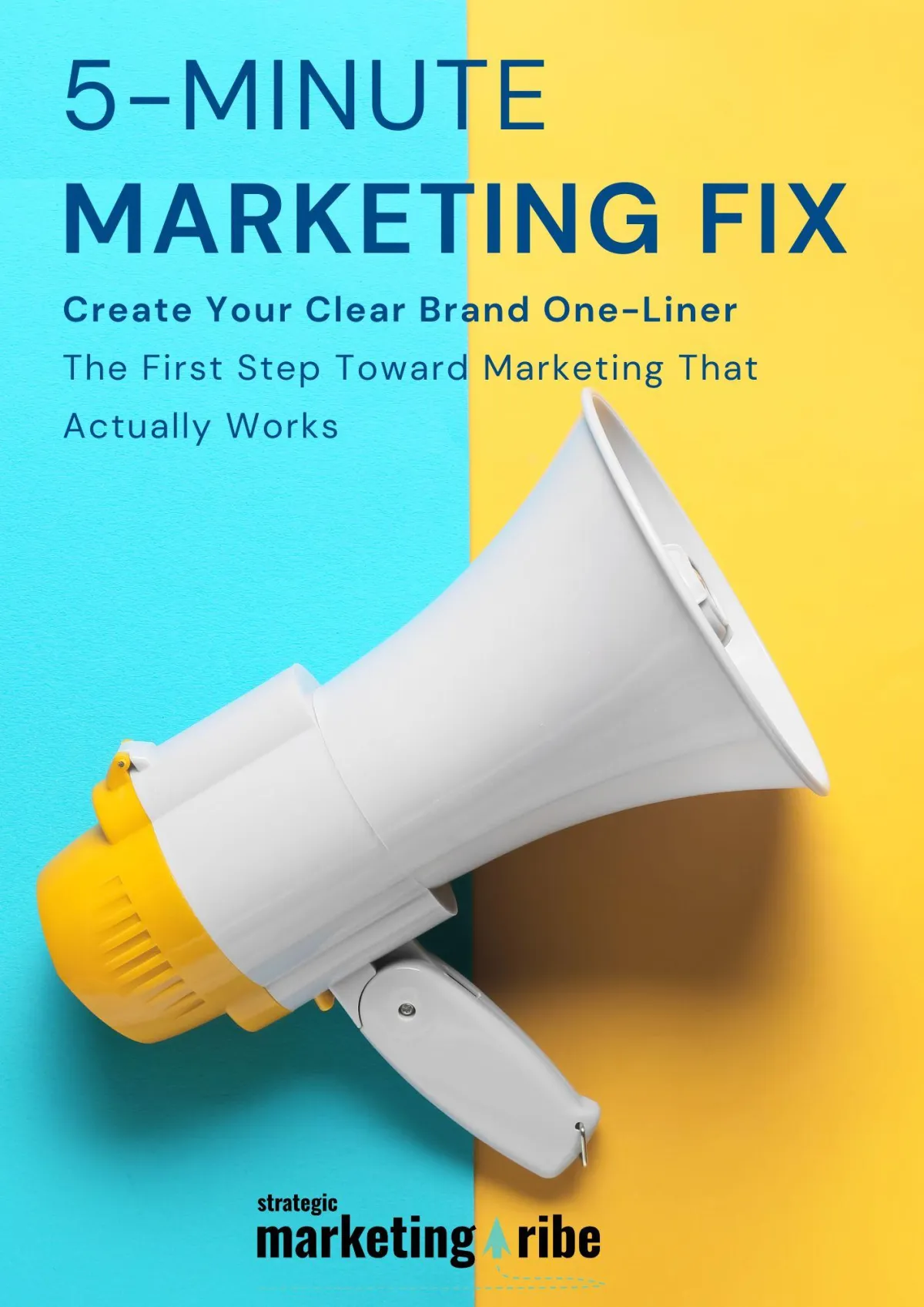
Created with clarity (and coffee)

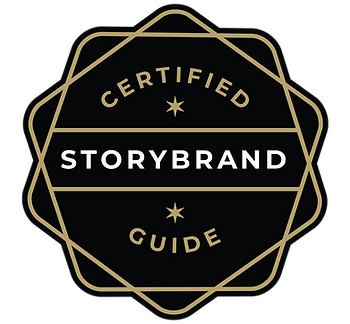
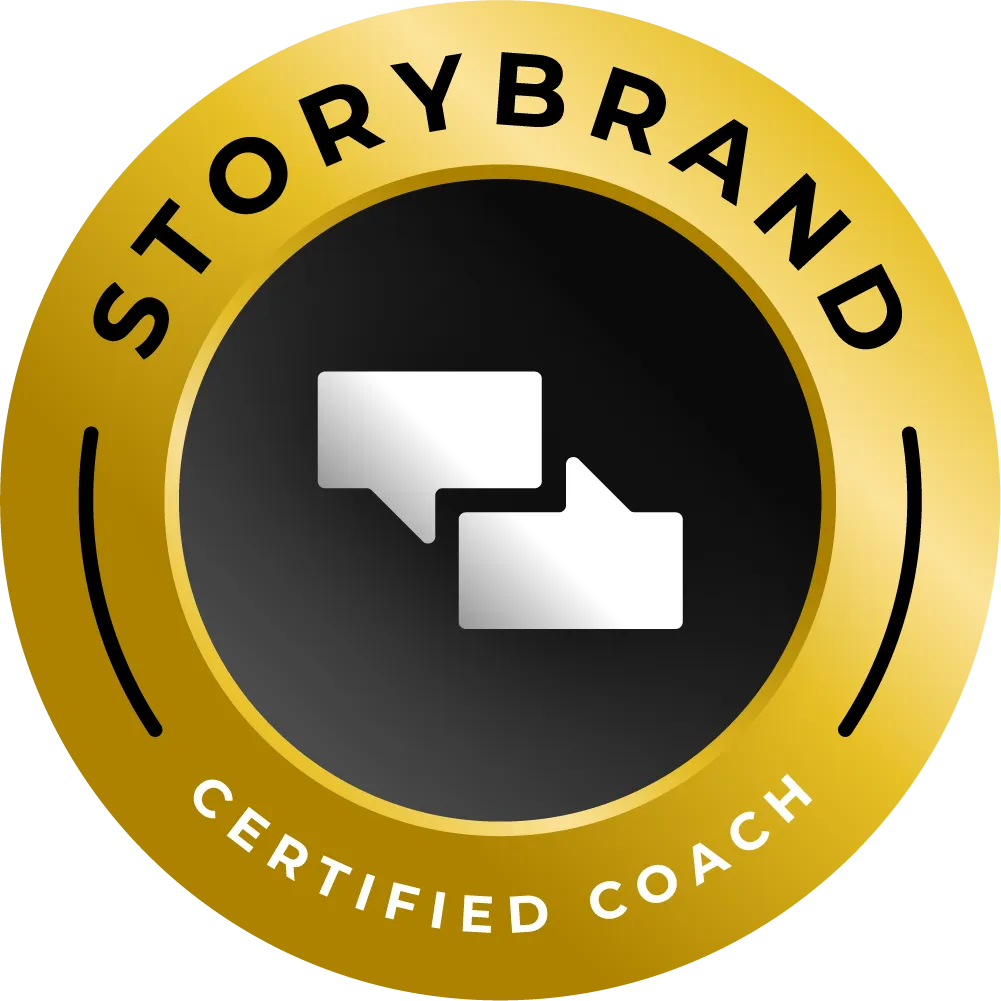
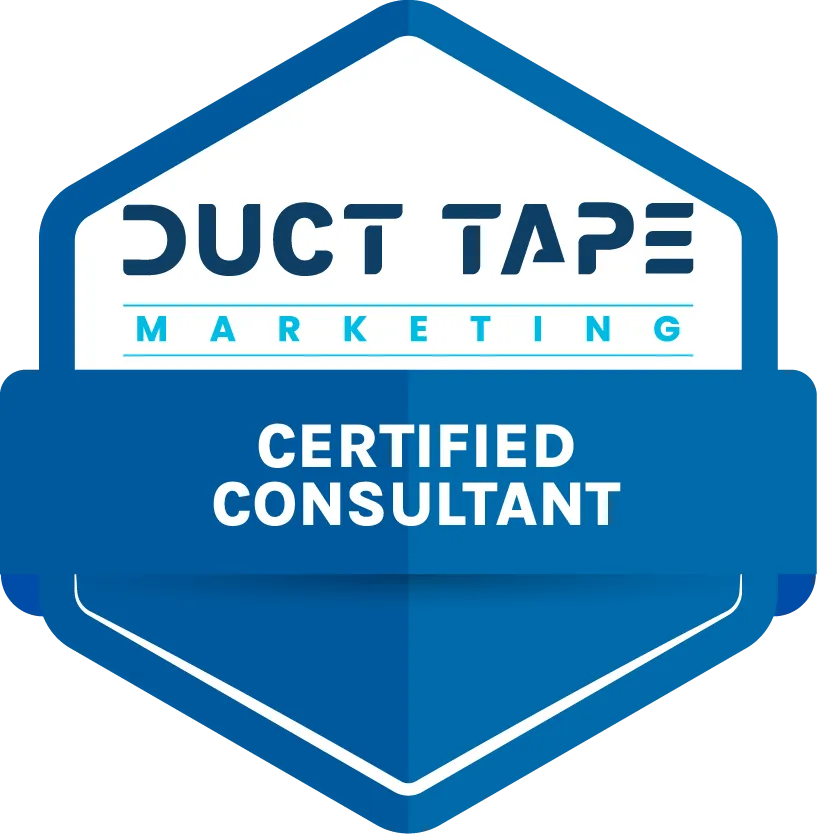


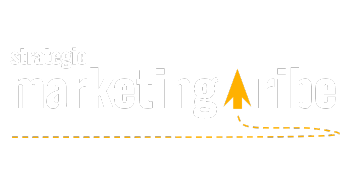

Mail
WhatsApp
LinkedIn
Website